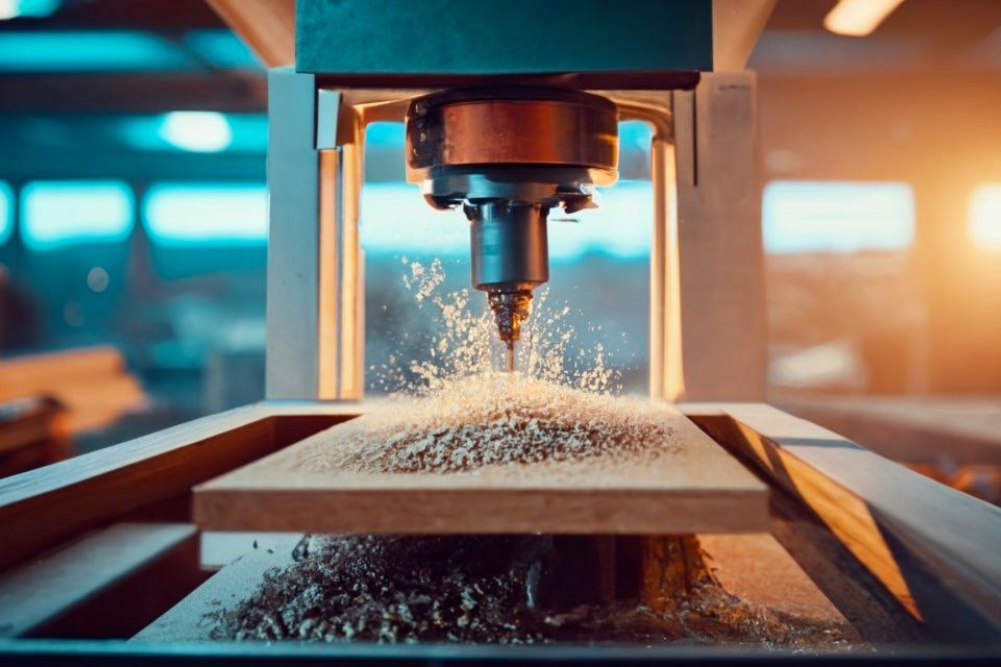Mistakes to Avoid in CNC Router Services: Lessons from the Experts
There is a rising trend in the search for CNC cutting near me within the manufacturing industry. This reflects the surge in CNC cutting’s popularity, a marvel that has drastically changed how we conceive and craft objects. Offering both efficiency and design intricacies that were once thought impossible, CNC cutting has carved its niche. However, like all crafts, it has its intricacies that professionals must understand to excel. Delving deeper, we explore common mistakes backed by insights from seasoned professionals.
1. Inadequate Material Fixturing:
Approaching professional CNC router services showcases the paramount importance they place on fixturing. The process of securing materials rightly ensures they remain stable during cutting. Inadequate clamping or using incorrect fixtures can lead to undesired movements or vibrations, resulting in errors in the cut. Such mishaps can waste valuable materials, force restarts, and increase operational costs. To avoid this, it’s vital to ensure materials are firmly fixed and free from potential movement.
2. Overlooking Feed Rates and Speeds:
Choosing the right feed rate and speed is a fundamental aspect of CNC cutting. Every material interacts uniquely with the cutting tool. An overly aggressive speed might burn or scar the material, while a speed that’s too slow can cause tool wear or inefficient operations. Thus, understanding the material and setting the appropriate rates and speeds is crucial.
3. Using Worn-Out or Damaged Tools:
One lesson you’ll swiftly learn about CNC wood cutting services near me is the indispensable nature of tool maintenance. Tools, when worn out or damaged, don’t just reduce the quality of the cut; they can break during operation. This scenario is a dual threat, posing both a safety risk and a severe disruption to the production process. Regular inspections and timely replacements are non-negotiable.
4. Over-reliance on Software:
Software aids have revolutionized CNC operations. But, a seasoned operator knows that human intuition and expertise are irreplaceable. Relying entirely on automatically generated tool paths can sometimes introduce inefficiencies or miss certain design intricacies. It’s a balance between trusting the software and verifying its choices.
5. Skipping the Dry Run:
Precision orders like MDF cut to size, emphasize the significance of a dry run. This preparatory step ensures the CNC program’s harmony with the material and the desired output specifications. A dry run can highlight potential problems, such as collisions or out-of-bound movements, thus saving both time and valuable material. It’s always better to preemptively catch errors than to realize them midway.
6. Ignoring Regular Maintenance:
Maintenance is pivotal, not just for machine longevity but also for consistent precision, especially in tasks with MDF board cutting. A machine that isn’t regularly serviced—whether it’s about lubricating parts, updating software, or cleaning accumulated dust—can start showing degraded performance. Consistency in quality is achievable only with a machine in its prime condition.
7. Not Accounting for Material Variability:
Materials, even of the same type, particularly for materials like spraying MDF, can present subtle variations. These differences might stem from varying moisture content, density changes, or sourcing from different suppliers. Therefore, a preparatory test cut to gauge the material and adjust machine settings is invaluable, ensuring that the final product adheres strictly to desired specifications.
8. Neglecting Safety Precautions:
In the world of CNC cutting, complacency is a silent adversary. The mesmerizing automation and precision of CNC machines can sometimes induce operators to lower their guard. Wearing appropriate safety gear, ensuring a clutter-free workspace, and being vigilant, especially during machine operation, are indispensable safety protocols.
The realm of CNC cutting holds immense potential. Bridging the gap between creative designs and tangible products, it’s a marvel of modern manufacturing. By being aware of common pitfalls and arming themselves with best practices, professionals can unlock its full potential.
